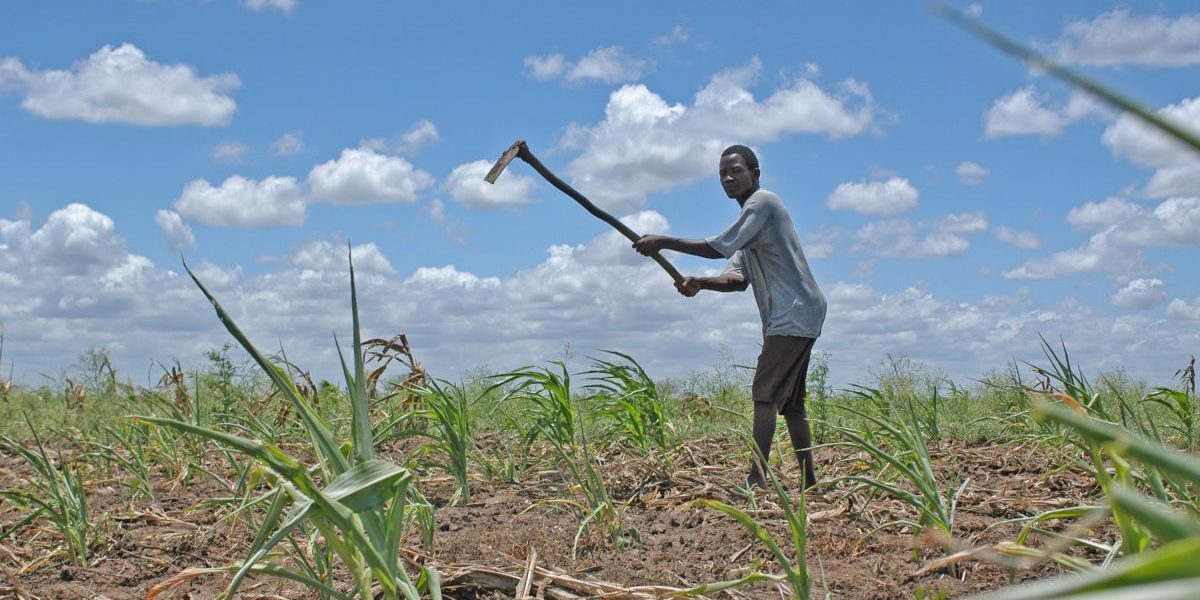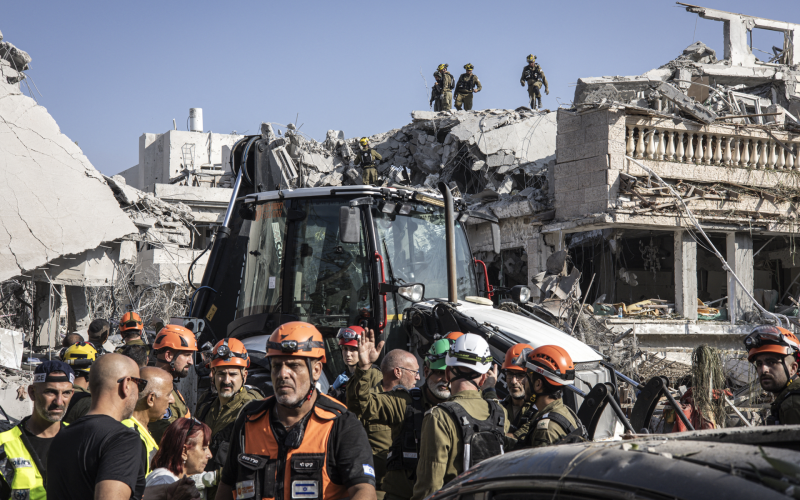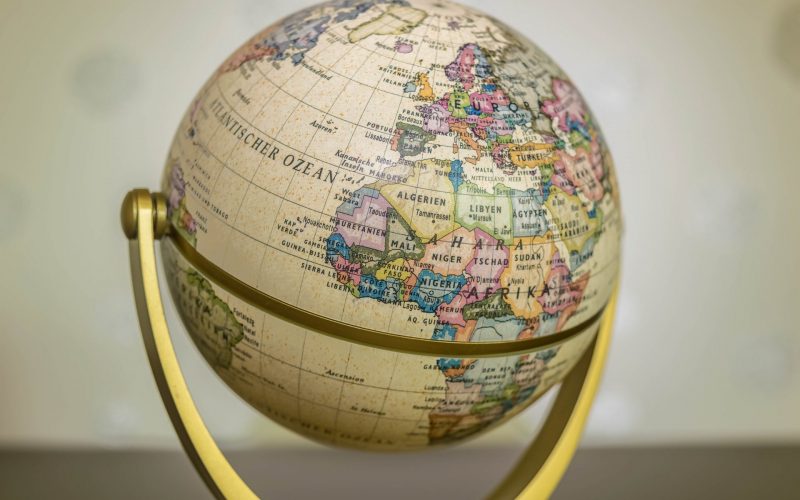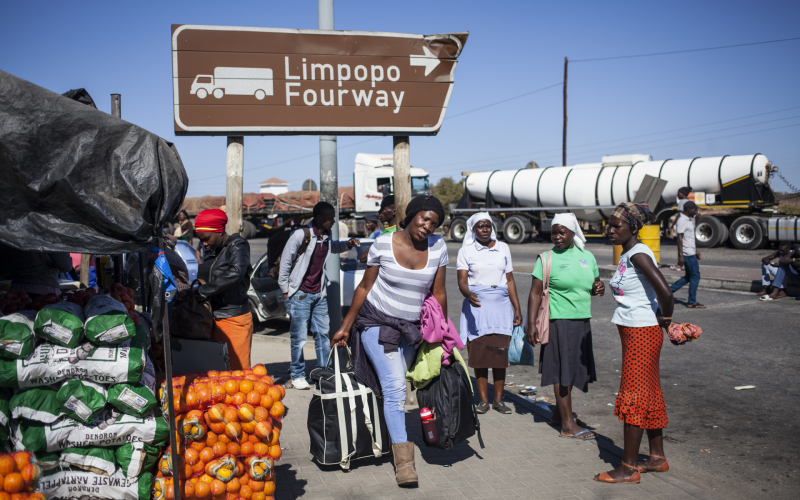Indeed, Mozambique is now thought to have some of the largest deposits of gas and coal on the African continent, and beyond. The country is also one of Africa’s few post-conflict success stories and has experienced unprecedented positive economic growth since 1994, exceeding the growth of many of its peers across the continent. However, there are a number of very real concerns about how successfully the government will be able to govern its mineral resources. This is particularly relevant in the light of renewed political tensions between the Frelimo-led government and the official opposition, Renamo, that have been on the rise since early 2013.
This paper investigates the likelihood of violence as a result of natural resource abundance in the country. Specifically, by combining general typologies of conflict and more specific theories on natural resource abundance and conflict, this paper identifies six risk factors for conflict in Mozambique: its history of violence and political party dynamics; geographic distribution; poverty and inequality; expectations; corruption; and the cost of extraction.
In order to avoid conflict and ensure broad-based prosperity for the Mozambican population as a whole, the government will have to navigate carefully several complex issues in the governance of its natural resources. This paper examines these factors against the likelihood of violence and concludes that although there is a high likelihood of the emergence of pockets of violence, there are various efforts the government can make to avoid negative outcomes associated with the country’s resource abundance. Indeed, the task of translating its newfound mineral wealth into the development of the country itself while balancing local expectations and political tensions is a very large one that will require the establishment of clear and strong policies, institutions, legislation and regulatory frameworks.







